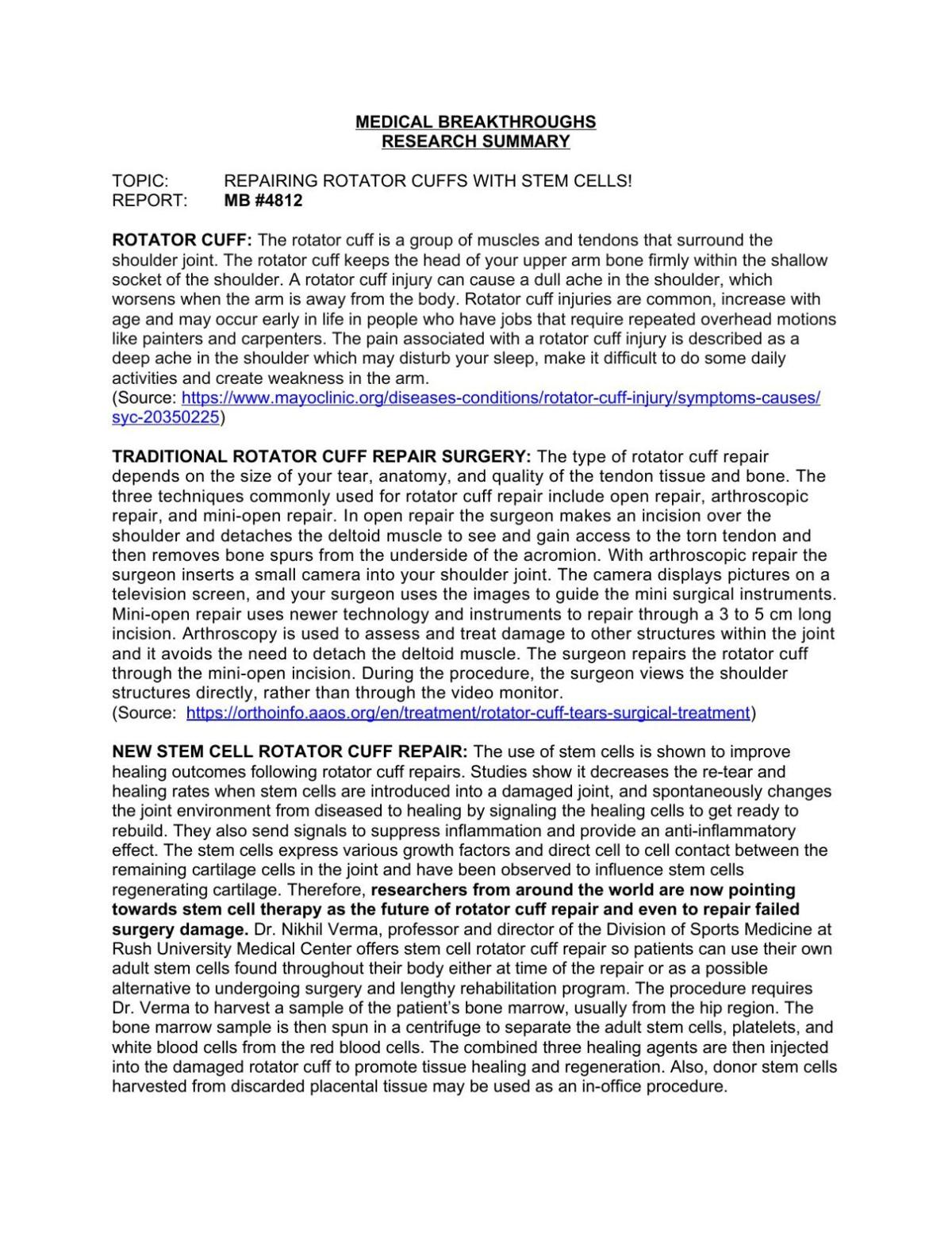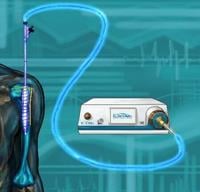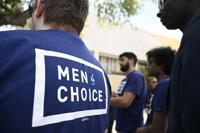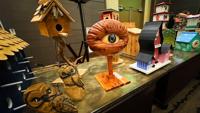CHICAGO - David Manion is an active fisherman, golfer, and a sculptor, but three years ago, he was sidelined by pain in his right shoulder.
"Pretty much shut me down," he recalled. "I like to take care of myself and I like to take care of the people around me and I definitely was not able to do that."
Manion knew he would have to get rotator cuff surgery, but there are some risks.
"Even though we repair the tendon, we stitch it back into place. About 20% of the time it may not heal," said Dr. Nikhil Verma, the director of sports medicine at Midwest Orthopedics at Rush.
That means patients can still have some functional issues, pain after surgery, or even require a second surgery. That is why Verma wants to see if he can harness the body's own healing power to heal better and faster. In a trial of rotator cuff surgery patients, he collected and injected stem cells into half of the patients during surgery, then looked at MRI scans a year later.
"In the group that got the stem cells, we could see a marked improvement in the appearance of the tendon compared to the group that did not get the stem cells," Verma said.
Manion participated in the trial and was part of the group that got the stem cells. His recovery went so well he decided to do the stem cells again when his left shoulder gave out.
"It worked out really well for me last time," Manion said. "Can I do it again?"
Three days after surgery, he no longer needed pain medication, and three weeks out, he's eager to pick up where he left off.
"It's hard to stop me actually," he said. "I'm told by my daughter and wife all the time stop picking stuff up."
Verma said patients in the study used their own stem cells. He said their own is best, but if they have cancer or if they have a blood disease where they don't make cells normally, a donor's stem cells will be considered in the future.
The stem cell treatment is still experimental, so insurance does not cover the cost.














































